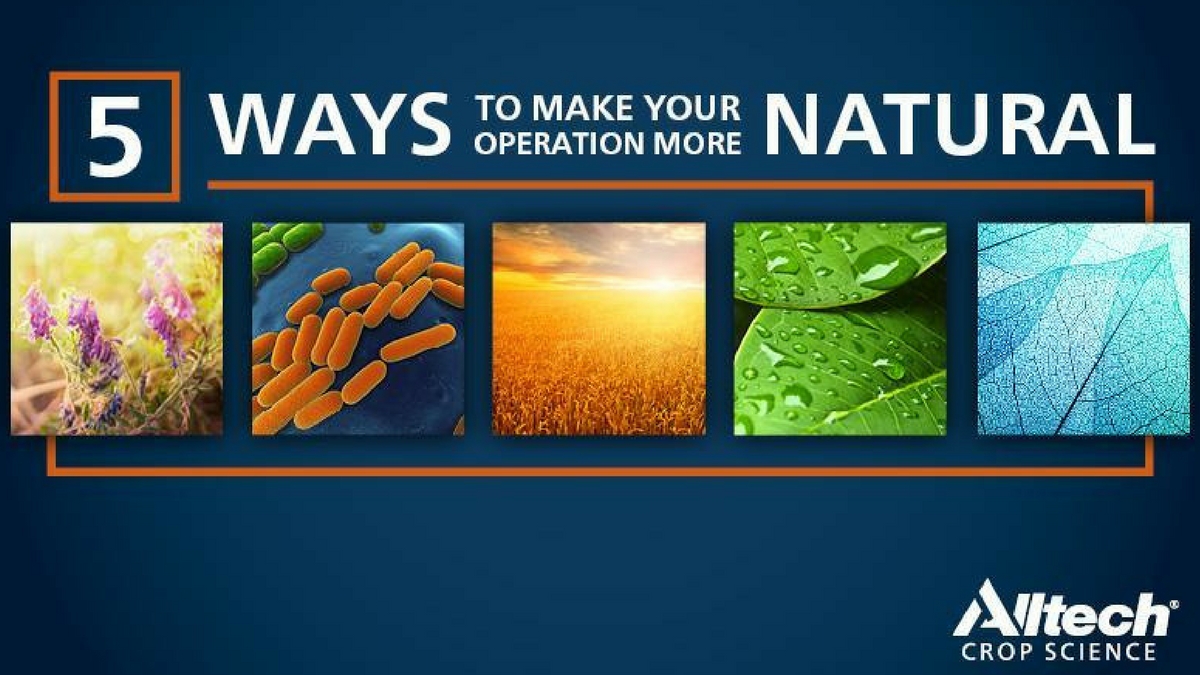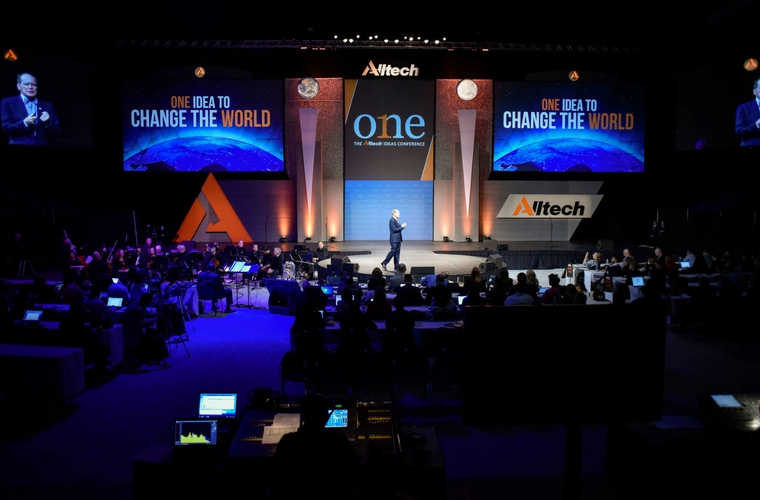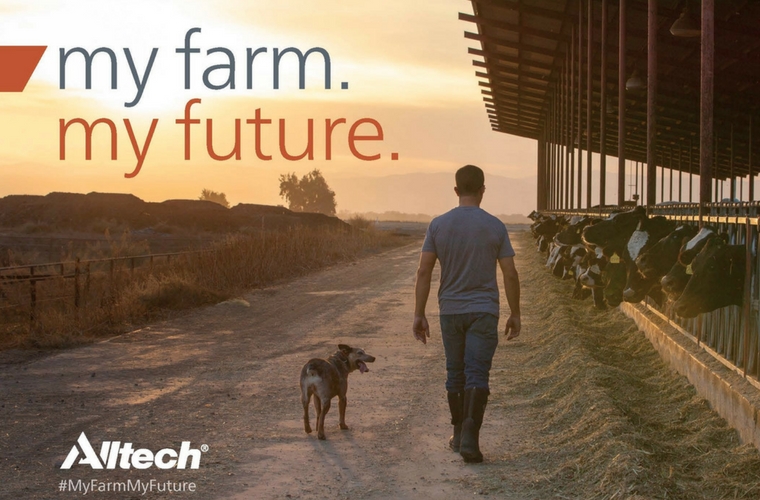Five ways to make your crop operation more natural
If you take a walk down the aisle of any grocery store, you will find hundreds of items with labels touting the “natural” aspects of products. While these labels can sometimes be little more than a marketing ploy, it does give an indication that consumers are looking for more natural consumables and that growers need to be aware of those consumer demands to stay relevant on the shelves.
By taking a few simple steps in conjunction with existing conventional practices, growers can adhere to a more natural method of production while remaining profitable.
1. Improve the soil structure
Healthy crops begin with healthy, nutrient-rich soil. The use of cover crops and crop rotation decreases nutrient depletion and increases organic matter breakdown by supporting the microbes in the soil, potentially reducing the amount of fertilizer needed to achieve the maximum growth potential of the plants.
Cover crops build soil health by adding organic matter as their roots degrade into the soil, increasing nutrient retention, controlling erosion through improved stability and moisture-retaining capabilities, and reducing the number of weeds in the field, which decreases the need for herbicides.
By using different crops in rotation, different types of organic matter are added to the soil, diversifying the available nutrients and microorganisms present.
At planting, consider using a no-till method so as to not disrupt the soil biology and maintain the new soil that has been created.
2. Build the soil microbiome
There is a delicate symbiotic relationship between the plant and the microbes that surround its root system. Microbes in the soil help plants by increasing nutrient availability and enhancing root growth. In return, these microorganisms receive the carbon that they need to grow and thrive from the plant.
The same means used to improve soil structure also provide a favorable environment that enhances the soil microbiome, particularly when a naturally based fertilizer is used to promote growth and diversity in microbial populations.
3. Increase nutrient availability
The use of natural substances, such as amino acids, in the chelation of micronutrients facilitates their absorption by plants as they are presented in a much more bioavailable form, meaning they are ready to be used. Plants that are well-nourished are healthier and will be better able to resist environmental stressors.
4. Naturally boost plant performance
The use of biostimulants has grown exponentially in the past few years. These naturally based products help to promote functions in the plant that improve efficiency, increase performance and strengthen stress tolerance.
Used as an alternative to synthetic products, growers are finding that their results in yield and quality equal or exceed those observed when using conventional practices.
5. Utilize integrated pest management
Focusing on a more long-term approach to decreasing pests and other environmental stressors, integrated pest management (IPM) combines different methods, such as biological control using biopesticides and promoting induced resistance in the plant, for a more comprehensive approach to management.
From a nutritional standpoint, a plant that is healthy will have a better chance of resisting disease pressure.
IPM also looks at the growing environment as a whole, taking into account many factors, including current pests and their predators, irrigation and drought conditions, weed management and soil conditions.
It is clear that many parts of these approaches are interconnected and will have effects on the others. Improving the soil will improve the plant, which will make it more likely to have a systemic resistance to environmental and disease pressures and will reduce the need for pesticides and other synthetic interventions.
Have a question or comment?

<!--[if lte IE 8]>
<script charset="utf-8" type="text/javascript" src="//js.hsforms.net/forms/v2-legacy.js"></script>
<![endif]-->
<script charset="utf-8" type="text/javascript" src="//js.hsforms.net/forms/v2.js"></script>
<script>
hbspt.forms.create({
portalId: '745395',
formId: 'd2b1a74a-d16c-4ea9-b2fd-b17b4c1cfc91'
});
</script>
<p>By taking simple steps in conjunction with existing conventional practices, growers produce more naturally while remaining profitable.</p>
























